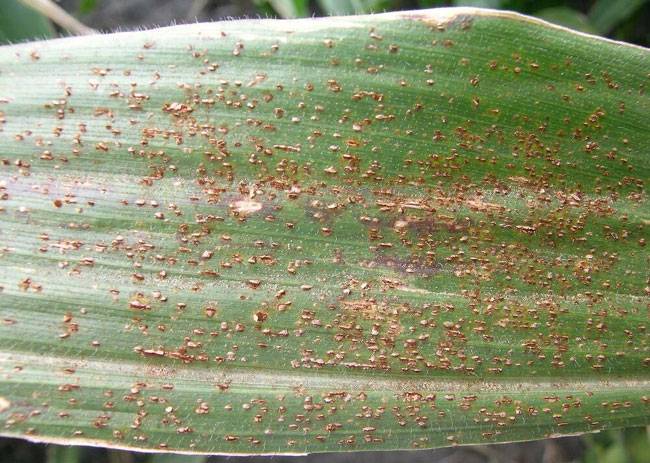Maize
Cercospora leaf spot
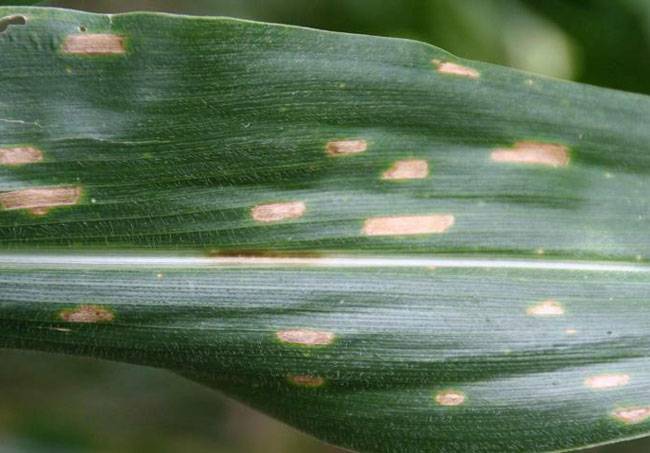
Cercospora zeae-maydis
Fungal Disease

Cercospora zeae-maydis
Fungal Disease
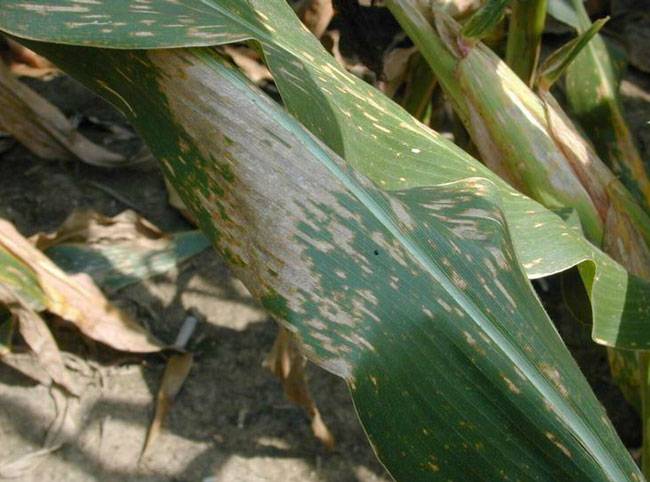
Cercospora zeae-maydis
Fungal Disease
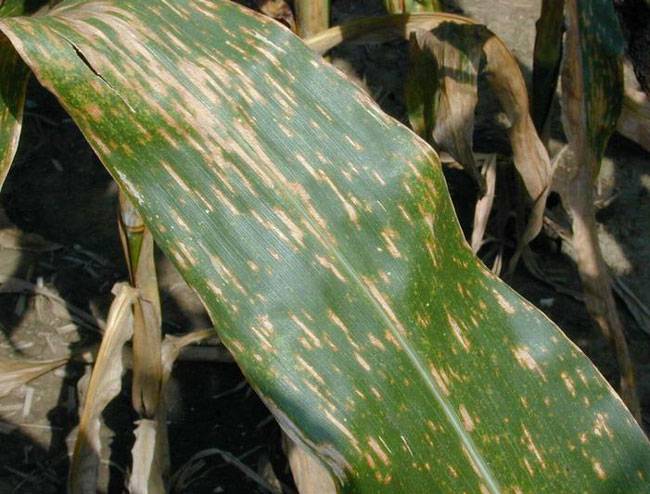
Cercospora zeae-maydis
Fungal Disease
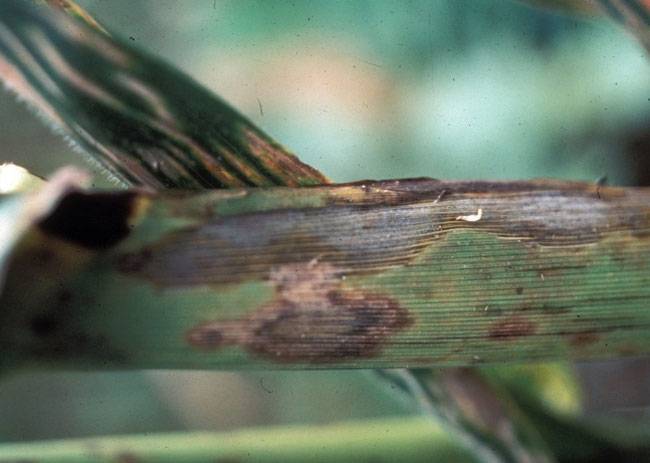
Cercospora zeae-maydis
Fungal Disease
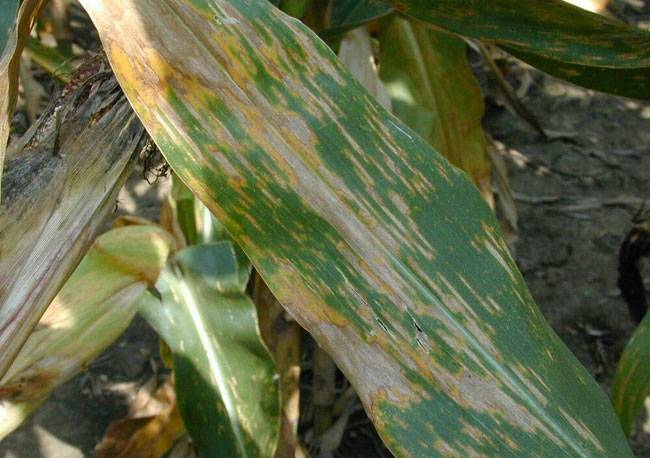
Cercospora zeae-maydis
Fungal Disease

Cercospora zeae-maydis
Fungal Disease
Cercospora leaf spot, also known as gray leaf spot, is a significant foliar disease of maize caused by the fungus Cercospora zeae-maydis. This disease has the potential to cause severe crop losses, especially in areas where maize is continuously grown without crop rotation. Below is a concise overview of the disease, its symptoms, cause, and contributing factors.
Symptoms
- Initial Appearance: Small necrotic spots with chlorotic (yellowish) halos develop on the leaves.
- Lesion Expansion: The spots expand into rectangular lesions, measuring 1–6 cm in length and 2–4 mm in width.
- Color Change: Lesions turn tan and eventually gray as they mature.
- Distinct Features: Lesions have sharp, parallel edges and are opaque in appearance.
- Disease Progression: Severe infections can result in extensive leaf blighting and plant death.
Cause
- Pathogen: The disease is caused by the fungus Cercospora zeae-maydis.
Factors Favoring Disease Emergence
- Continuous Corn Cultivation: Growing maize without crop rotation increases the pathogen’s survival in crop residues.
- Minimum Tillage: Reduced tillage practices leave infected debris on the soil surface, serving as a source of inoculum.
- Susceptible Hybrids: Use of maize hybrids with low resistance exacerbates disease severity.
- Weather Conditions:
- Prolonged foggy or cloudy periods promote the spread of the fungus.
- Optimal temperatures for disease development range between 25–30°C.
- Pathogen Growth: Favorable conditions enable the pathogen to colonize healthy tissue adjacent to diseased areas, accelerating lesion expansion.

